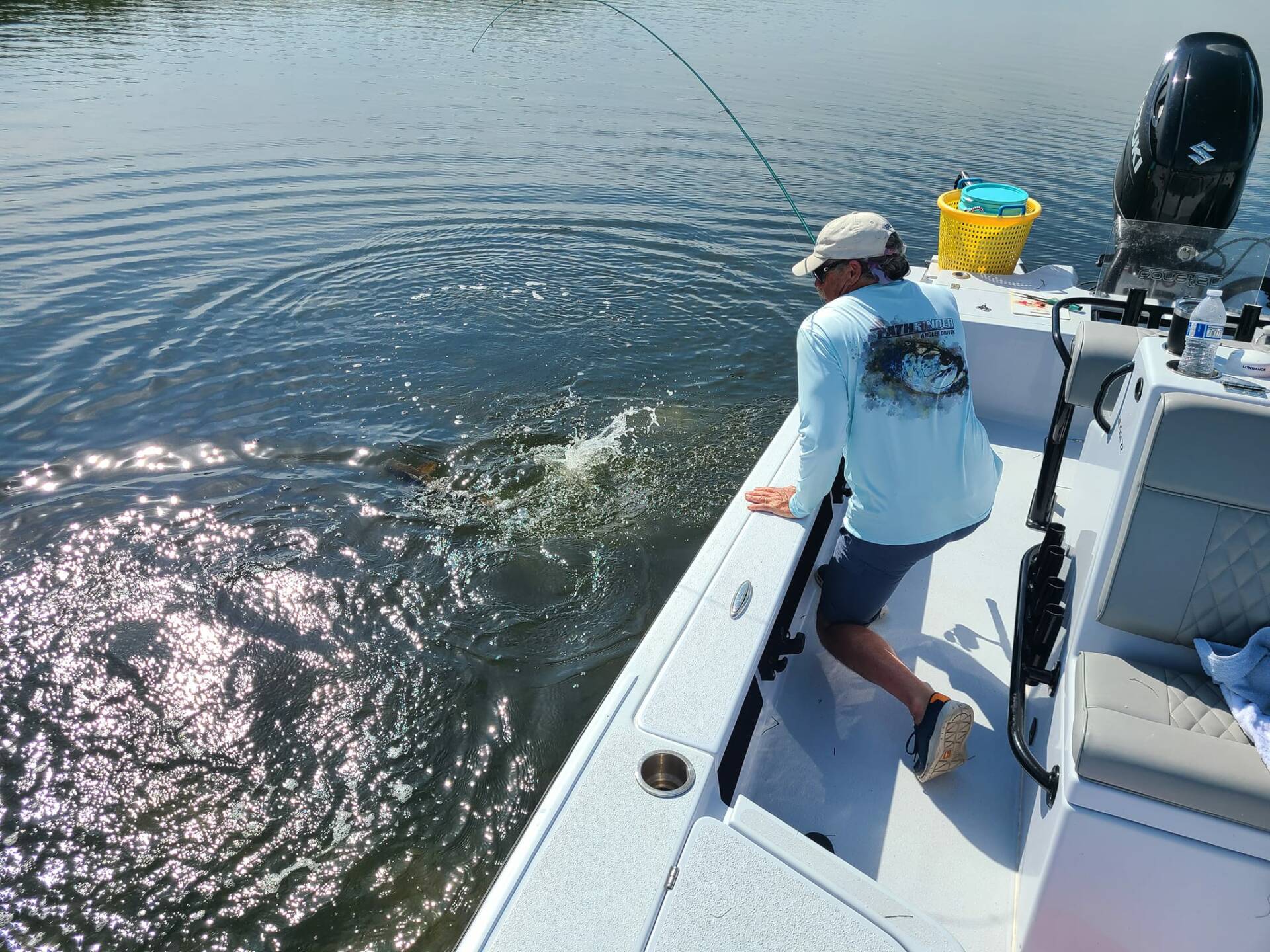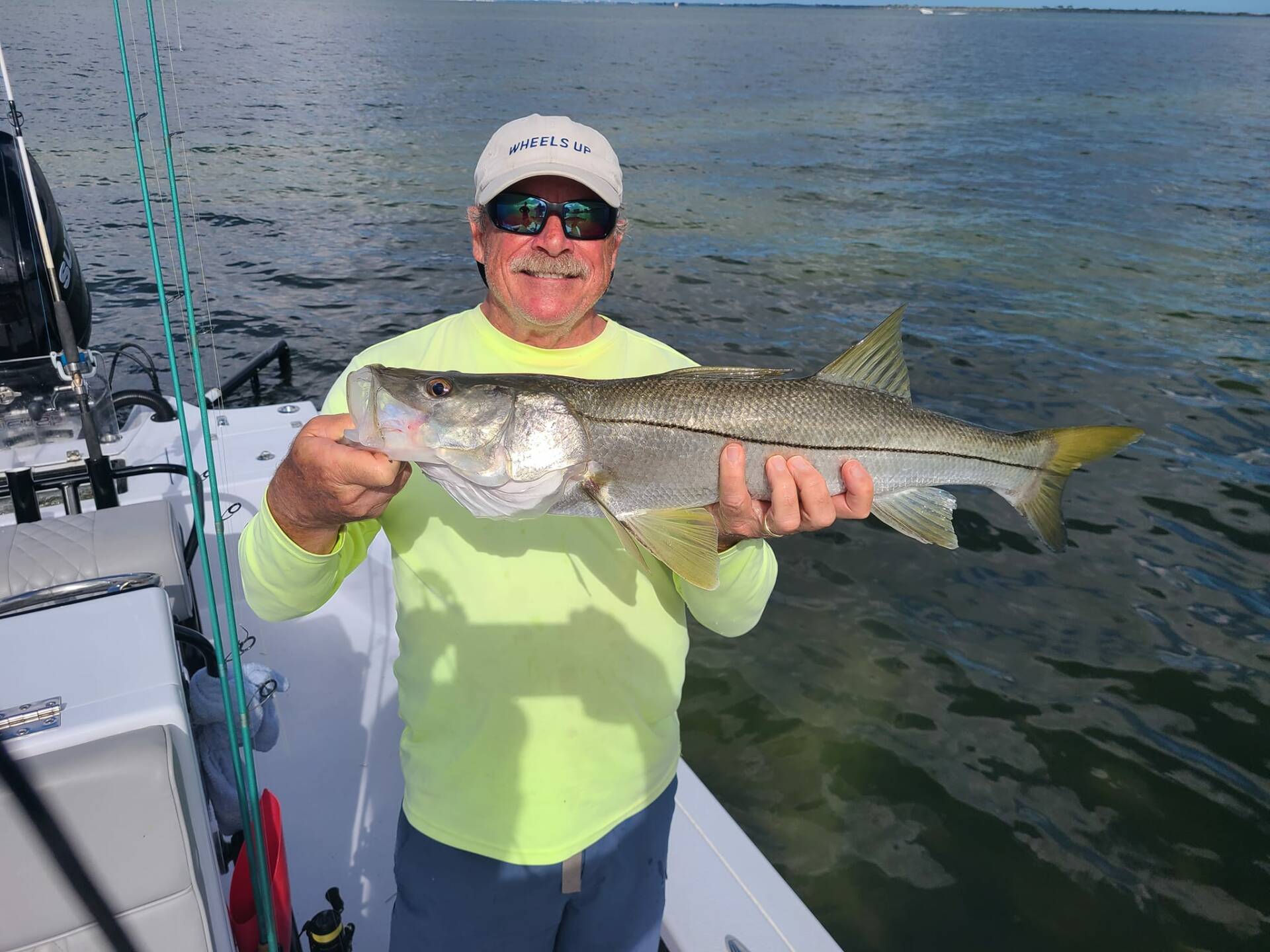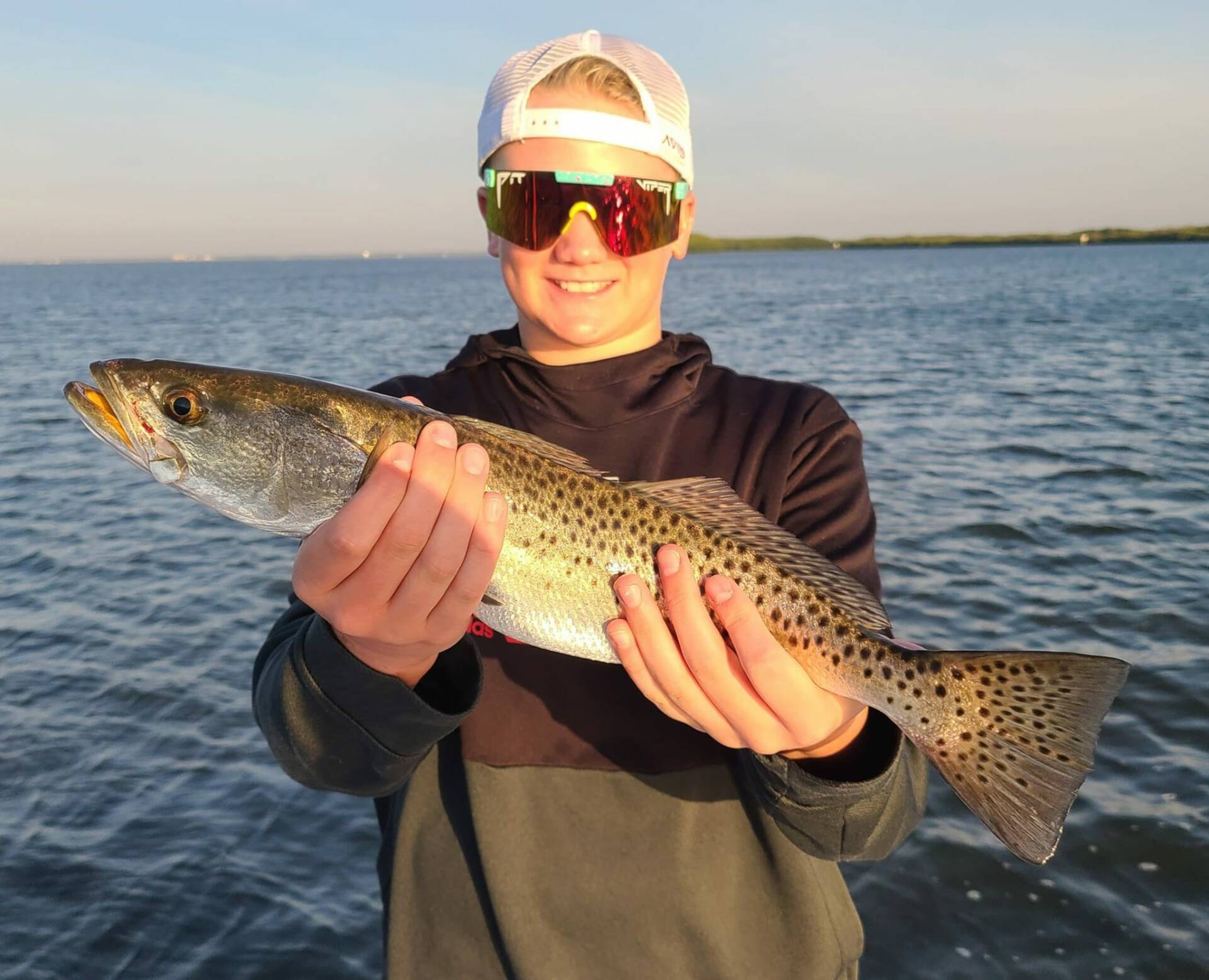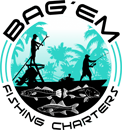Last Updated on July 11, 2025 by Eric
Florida’s summer saltwater fishing is built around long daylight, high water temperatures, and nonstop baitfish activity. Nowhere benefits from these seasonal shifts quite like Tampa Bay. With expansive flats, productive bridges, mangrove islands, and open passes, it’s the most versatile inshore fishery on the Gulf Coast.
This article explores the best summer fishing spots in and around Tampa Bay, what species to target, when and how to fish each area, and how to handle the weather, tides, and gear maintenance that define the summer season.
Understanding Florida’s Summer Fishing Window
From May through early September, Florida’s west coast waters heat up fast. Water temperatures climb into the mid to upper 80s by late morning. Tides, bait patterns, and oxygen levels all shift in response. Fish stay active but shift their habits.
Summer fishing thrives on timing. The most consistent bites occur in the early morning or late evening, especially around incoming or outgoing tides. By midday, most fish move into deeper water, shaded mangrove cuts, or strong current zones where they can feed with less effort.
Storms often arrive in the afternoon, bringing wind, lightning, and pressure changes. A typical summer trip runs from dawn to just past noon to stay ahead of the heat and weather.
Key things to expect during Florida’s summer fishing season:
- Morning activity: Fish feed hard just after sunrise before the sun hits full strength.
- Tide-driven structure: Water movement becomes more important than time of day.
- Storm cycles: Plan for storms and leave early. Afternoon lightning is common.
- Water clarity and bait: Pilchards, threadfins, and mullet dominate, and water ranges from clear to tannic after rains.

Tampa Bay’s Prime Summer Fishing Areas
Tampa Bay includes dozens of reliable fishing zones, but a few stand out each summer. These spots offer consistent action for snook, redfish, trout, tarpon, snapper, and more.
Gandy Bridge and Howard Frankland Overpass
These bridges span deep channels and create long shadow lines with constant current. They’re magnets for baitfish, and larger predators follow close behind. Strong outgoing tides bring snapper and tarpon to the surface. Snook stack against pilings and inside eddies.
- Top species: Snook, tarpon, mangrove snapper
- Best times: Dawn, dusk, or just after sunset
- Proven tactics:
- Drift live pass crabs or threadfins near pilings
- Use soft paddle tails on jig heads along structure
- Anchor on the down-current side during strong flows
Weedon Island Preserve
This area features mangrove tunnels, creek mouths, oyster beds, and expansive flats. High tide pushes snook and redfish into the roots. As the tide falls, they back out into cuts and depressions where they can be sight-cast in clear conditions.
- Top species: Redfish, snook, juvenile tarpon
- Ideal setups:
- D.O.A. Shrimp skipped under mangroves
- Cut bait laid quietly on sand pockets
- Topwaters early, then transition to subsurface
This spot rewards precision and patience. Ideal for small skiffs, kayaks, or wade fishing.
Fort De Soto and Shell Key
These southern flats hold a strong early morning bite. Tailers and cruising redfish work across the sand and grass during the first hour of sunlight. Trout position themselves near deeper drop-offs just off the flat edges.
- Top species: Trout, redfish, snook
- Tactics to use:
- Walk-the-dog plugs at first light
- Suspended twitch baits like the MirrOdine mid-morning
- Free-line pilchards or pinfish near edges of moving water
This area stays clean even after heavy rains and remains fishable longer than backwater systems.
Cockroach Bay
A shallow network of creeks, oyster bars, and islands, Cockroach Bay holds fish year-round but shines in summer. Reds and snook push shallow early, then retreat into deeper water behind the bars.
This is one of the few areas where using cut bait works well all day.
- Best fish to target: Redfish, snook, juvenile tarpon
- Approach:
- Anchor near channel edges with fresh cut ladyfish
- Work soft plastics along shoreline troughs
- Sight cast to fish around oyster mounds on outgoing tide
Sunshine Skyway Bridge
This bridge sits over Tampa Bay’s deepest water. Tarpon, cobia, and snapper hold near the pilings, especially when tide movement is strong. Many fishermen drift crabs just after sunrise or use vertical jigs mid-column on slack tide.
- Species to expect: Tarpon, mangrove snapper, cobia
- Fishing strategy:
- Heavier gear with fluorocarbon leaders
- Deep bait presentation to avoid surface skippers
- Precise drifts along channel edges
Night fishing here is popular but requires strong safety prep and lighting.

Seasonal Behavior and Bait Strategies
Each inshore species in Tampa Bay behaves differently during summer. Matching your presentation to their habits increases your odds significantly.
Snook
Snook gather near structure with good tidal flow and shade. Bridges, docks, and mangrove points all hold fish, particularly around passes and creek mouths. Snook become aggressive in fast current but shy in slack water.
Live baits like pilchards and threadfins are excellent. Artificial fishermen do well using soft jerkbaits or topwaters around dawn and dusk.
Redfish
Reds feed in shallow water early and slide into cooler troughs mid-morning. They’re opportunistic and respond to both cut bait and lures. High tides offer a shot at sight fishing. On low tides, redfish gather near oyster beds and channel cuts.
Gold spoons, paddletails, and chunks of mullet all catch.
Tarpon
Summer is the peak for tarpon movement. They cruise bridges, passes, and outside beaches. Anglers often use pass crabs during moving tides, especially around new and full moons.
Hooking one is one thing. Landing it requires skill, drag control, and patience.
Trout
Seatrout stay active longer than most realize. They often hit topwaters in low light, then switch to suspending baits or shrimp under popping corks after sunrise. Focus on deeper grass, sandy drop-offs, and current seams.
Smaller twitch baits and soft plastics work well in open water with light wind.
Summer Maintenance for Tackle and Gear
Tampa Bay’s summer salt water, heat, and storm cycles will punish unprepared gear. Routine care keeps reels smooth, lines fresh, and lures functional.
- Rinse rods and reels thoroughly with freshwater after each trip
- Check guide inserts for cracks or salt buildup
- Re-tie leaders often, especially after every solid fish
- Lubricate reels weekly with light oil
- Store plastics in the shade to prevent melting or deformation
Soft plastics warp quickly if left on hot decks or dashboards. Keep them in tackle trays out of direct sun.

Summer Success in Tampa Bay’s Inshore Waters
From shallow mangrove cuts to open grass flats and deep bridge channels, Tampa Bay offers steady summer action for those who understand its rhythm. Redfish feed tight to oyster bars on a rising tide. Snook stage under cover, waiting for bait to sweep past. Tarpon move with the current and explode on crabs, threadfins, and carefully placed lures. These patterns change by the hour, and each stretch of water calls for a specific approach.
The key to success lies in preparation and timing. Summer demands attention to tide movement, bait availability, and weather cycles. Gear needs to be maintained after every trip, lures need to be adjusted to water clarity, and fishermen need to stay alert to subtle shifts in fish behavior. With the right planning and on-the-water experience, each trip can produce something memorable.
To explore these waters with someone who’s spent years learning every flat, cut, and channel in the bay, book a trip with Bag’em Fishing Charters today.


